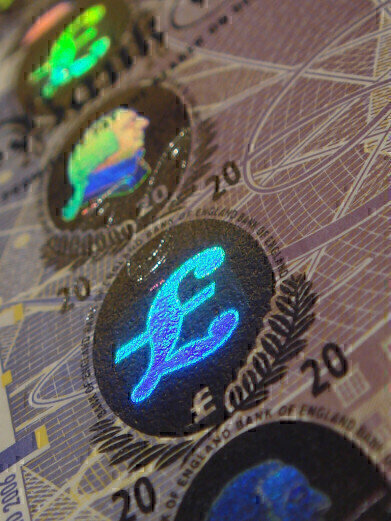News & Views
How to Make 3D Holograms … That You Can Touch!
Dec 16 2014
Open your wallet and on your debit card there is usually a hologram to indicate the authenticity of the card. You might get to see an image that appears to stand out from the background and changes colour as you tilt it. These holograms are simple effects and are taken for granted in a modern technology obsessed world. Holograms are a relatively recent development, only becoming possible when lasers were developed in the 1960s.
However, things have just taken a giant leap forward for holograms. Think 3-D… Think Solid…
3-D Holograms
Large holograms viewed in a proper setting are nothing like the foil holograms on a bank card. Using directed lighting or lasers, 3-D holograms are incredibly life-like. The images can be viewed from different angles and even appear to move as you view them from different angles.
Holograms might be thought of as a novelty, but they have some practical uses. Scientists already use holograms to visualize objects in three dimensions and there is research into hologram use in microscopy. In engineering, holographic interferometry is routinely used to measure stress and strain in materials.
Research looking at storing data using the principles behind creating and viewing holograms is ongoing too. The optical or magnetic data storage we currently use stores and reads information in a linear fashion — one bit at a time. Holographic data storage would store and read data in parallel, allowing faster data transfer rates than in optical storage.
But now researchers could take holograms a whole step further — one day soon — you might find holograms that you can touch.
Haptic Technology
Haptic technology is the use technology to create a sense of touch. Anyone who has played an arcade game or console game has experienced haptic technology, where the controller vibrates to simulate the motion on the screen. It is a form of feedback to improve the user’s experience. In virtual reality environments of the future, haptic technology will provide the sense of touch in the world being explored. And it is haptic technology that will allow holograms to be touched.
Force of Sound
The researchers from the University of Bristol have found a way to create three-dimensional haptic shapes using ultrasound that we can interact with. Although previous research has shown how users can get haptic feedback from air jets and ultrasound to control a simple device, the Bristol team have managed to form a continual surface that floats in the air. Using acoustic radiation force, the sound waves produce a pressure difference, a force that is strong enough to be felt on the skin. Using an algorithm the team controlled the sound waves to create the effect of a 3-D shape, and in the future this could take the outline of a 3-D hologram.
Lead researcher Dr Long said: “In the future, people could feel holograms of objects that would not otherwise be touchable, such as feeling the differences between materials in a CT scan or understanding the shapes of artefacts in a museum.” WOW!
Digital Edition
Lab Asia 31.2 April 2024
April 2024
In This Edition Chromatography Articles - Approaches to troubleshooting an SPE method for the analysis of oligonucleotides (pt i) - High-precision liquid flow processes demand full fluidic c...
View all digital editions
Events
Apr 28 2024 Montreal, Quebec, Canada
May 05 2024 Seville, Spain
InformEx Zone at CPhl North America
May 07 2024 Pennsylvania, PA, USA
May 14 2024 Oklahoma City, OK, USA
May 15 2024 Birmingham, UK


















